The next morning, after recharging my energy banks, I took Costop for the third time in Hart’s pass, after a quick breakfast stop at the local bakery. Fortunately, this was another easy hitch, since an angel of trails transported another through Hiker offered me an elevator.
The southern path of Hart’s pass was as impressive as the previous section from Hart’s pass to the border. The path became very rocky and went through the first of many areas of burns on the PCT. This area was burned in 2003 during needle fire, which finally burned approximately 21,000 acres directly east of this Sender section.
When the path turned south, the PCT left the burns areas, and I was received with incredible views of the North cascades! This section was hot and completely exposed, but I didn’t care!
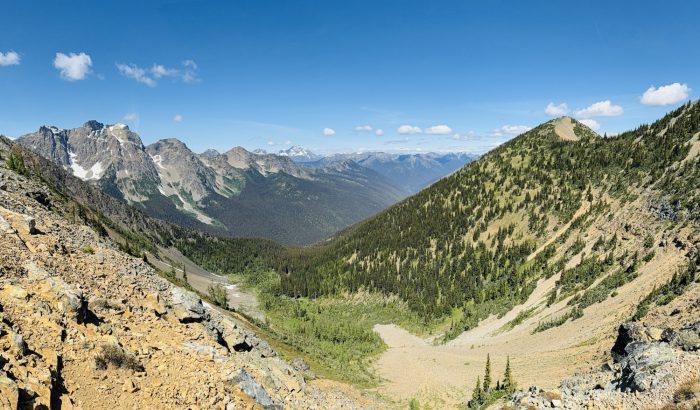
My favorite segment of the path was just before the Glacier Pass cross path. Here Azurite Peak and Mount Ballard appeared, which were partially covered with snow.
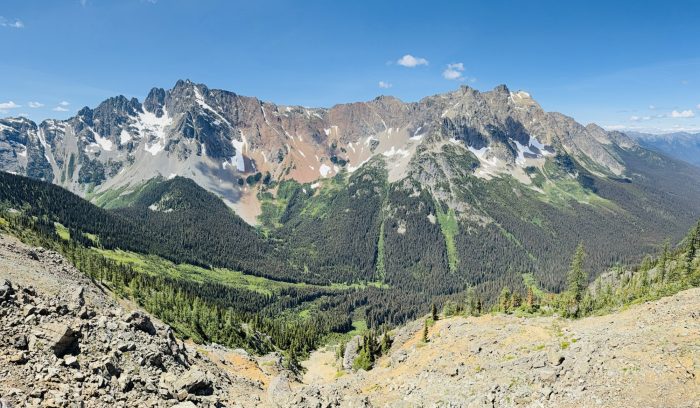
After the glacier pass, the path collapsed in an exuberant and dense forest and followed the West Fork Michow river. I was surprised how silent I was compared to the previous days; I didn’t see any other PCT hiker here. I felt relieved to meet a path maintenance team near one of the crosses of the river and thanked them for their efforts. This section was relatively covered and needed some work.
The exit outside the valley to Michow Pass was exhausting. I was pressing that day to recover lost time for my return to Mazama, so my legs were feeling it. I felt relieved to round the last change just before crossing the pass, marking the end of the elevation gain for the day. I fell on the other side and I arrived at a charming meadow (but with Buggy) under Tower Mountain. There was another person camping there, which seemed to be established for the night.
I quickly made dinner and prepared the camp for the night. Too fast, in fact … while I went up inside my store, I accidentally sat in my prescription sunglasses 😱. The sound of his creak was terrible. Without them, I am relatively blind.
My mind accelerated as I considered my options. Could you send a pair of replacement by mail? No, because my recipe was outdated. Could you go without them? Of course, but I couldn’t really appreciate the views. I felt relieved when I realized that I had a little gorilla glue hidden in my backpack. I carefully sinned the frames where they broke, and put an extra glue for a good measure. It wasn’t pretty, but it was good enough for me!
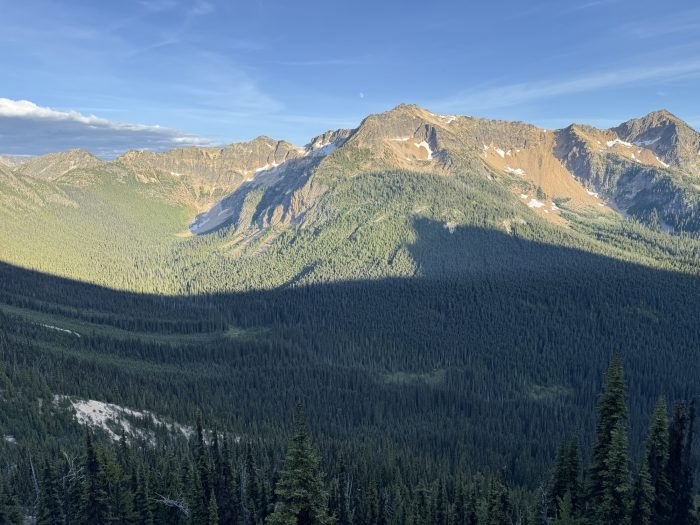
The next morning, I was excited to find the gorilla of solidified gorilla. Pleased with my work, I pushed hard on the rocky terrain and crossed a bit of the most loose screen of the path so far. This was especially true for Granite Pass, where a snow patch still remained on the road. After considering my options, I found a route around the patch that was on his slope. I am not sure that this was the best option, since I found myself sliding through the Scree when I returned to the path to the other side of the pass.
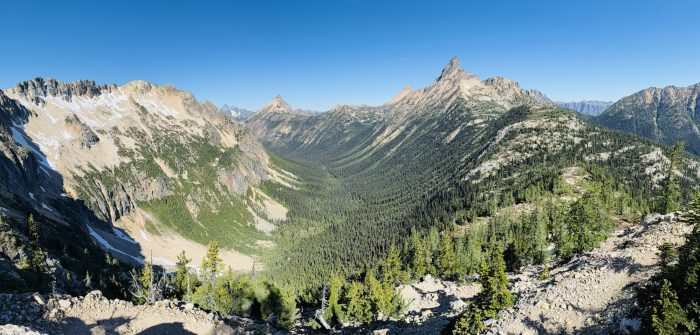
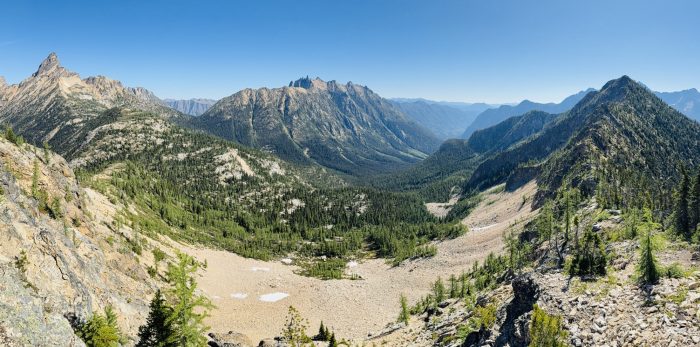
My efforts in Granite Pass rewarded me with a long and easy descent through Cushroat Pass, where I was rewarded more amazing and fascinating geology! The granite of the Batolito of the golden horn, by which it is called Granite Pass, surrounded me everywhere. This granite was formed approximately 45 million years ago when the North American Plate annulled the Pacific plaque. The grain we see today was, at that time, a great body of magma deep in the earth’s crust. Since then, the body of the magma has been elevated, cooled and exhumed, exposing the granite batolito that we see today. Advancing and withdrawing glaciers from the last two million years or so has resulted in the valleys and steep peaks that we see today (and, in pain in my legs by climbing the steep peaks).
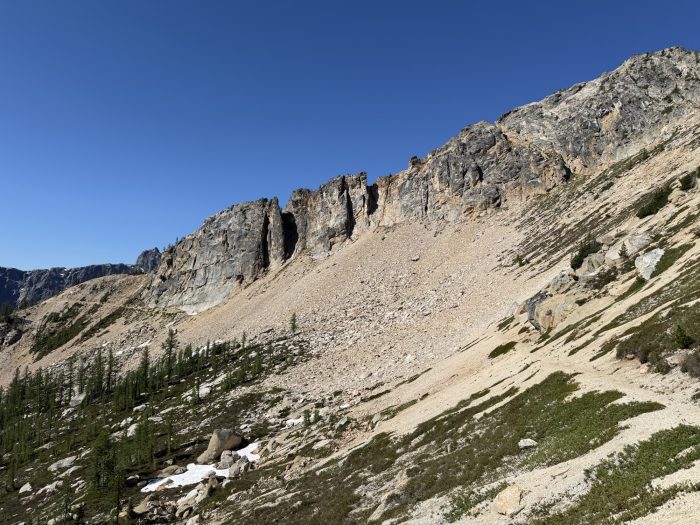
As I approached Rainy Pass, pedestrian traffic increased substantially. The trails of trails went to the left and the right, making me feel slow with my giant herd.
I crossed Route 20 of the Washington state and got into the North Cascades National Park, following a river through a dense forest for what seemed an eternity. This section certainly did not seem the most beautiful of the North Cascades National Park, but I was glad to have another park crossed out of the list! This section was mainly without incident. I spent a team of trails and a ranger that reviewed my permission before falling to the «6 miles» camp. I was glad to see that there were other campers here, some of which I met in Mazama. I also met some more people who headed to Stehekin the next day. We had a pleasant night to camp by the river.
The next day, we all planned a short day to get to High Bridge, where we would take a bus to get to our next replenishment in Stehekin,
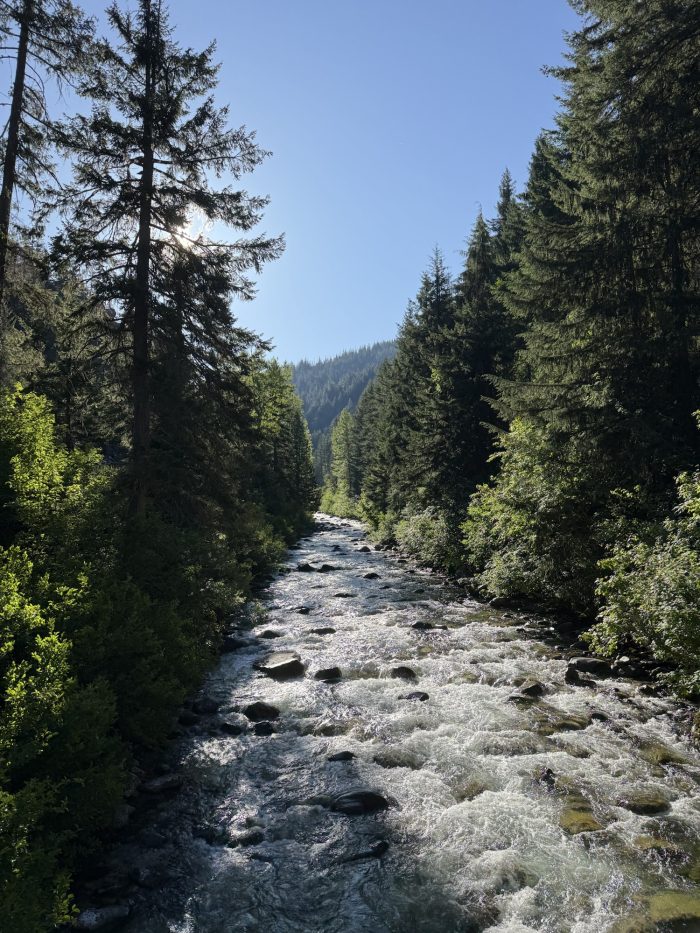
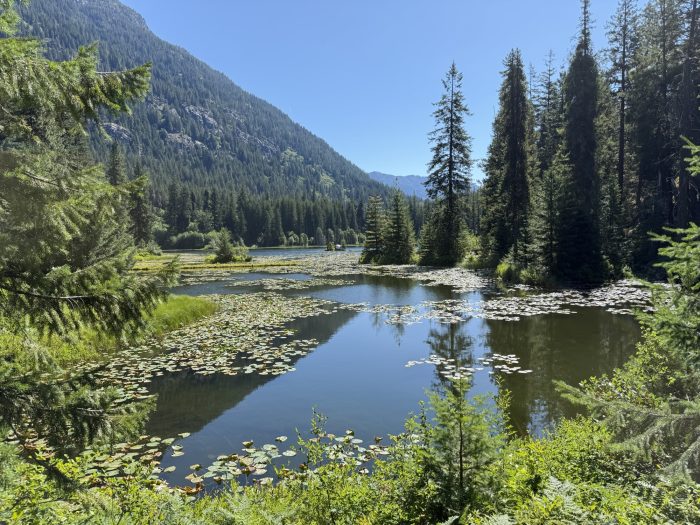
We did a quick job of this section and arrived at High Bridge long before the bus transmission arrived. We felt relieved when it appeared and fashed on board. Rocky, the bus driver, shared facts about the city of Stehekin as we descended the rocky road. Soon, the deep blue waters of Lake Chelan appeared.
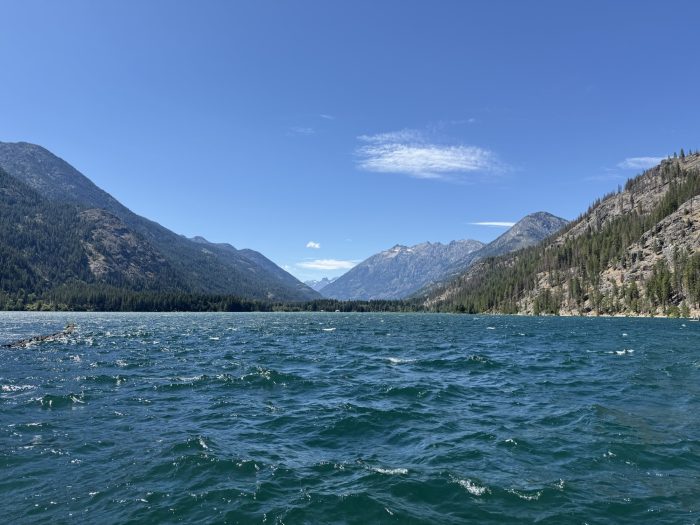
Lake Chelan is the deepest lake of Washington, which reaches a maximum depth of 1,486 feet. It is also the third deepest lake of the United States, behind Lake Crater (1,949 feet) and Lake Tahoe (1,645 feet), which I would also be seeing on my trip. The lake owes its depth, length and shape to repeated glaciations and the resulting erosion. Today, the lake measures 50.5 miles long (despite an average width of only 1.3 miles), thanks to the erosive power of glaciers that wind through this valley.
We arrive at the famous city of the Stehekin path and prepare to establish ourselves to spend the night.
This website contains affiliate links, which means that the walk can receive a percentage of any product or service that you buy using the links in the items or ads. The buyer pays the same price that would do it differently, and his purchase helps to support the continuous objective of the walk to address his quality backpack advice and information. Thanks for your support!
For more information, visit the page about this site.




:max_bytes(150000):strip_icc():focal(753x309:755x311)/queencity-trends-teen-rules-92225-e3422293655541d2b8d103922dee0f38.jpg?w=238&resize=238,178&ssl=1)